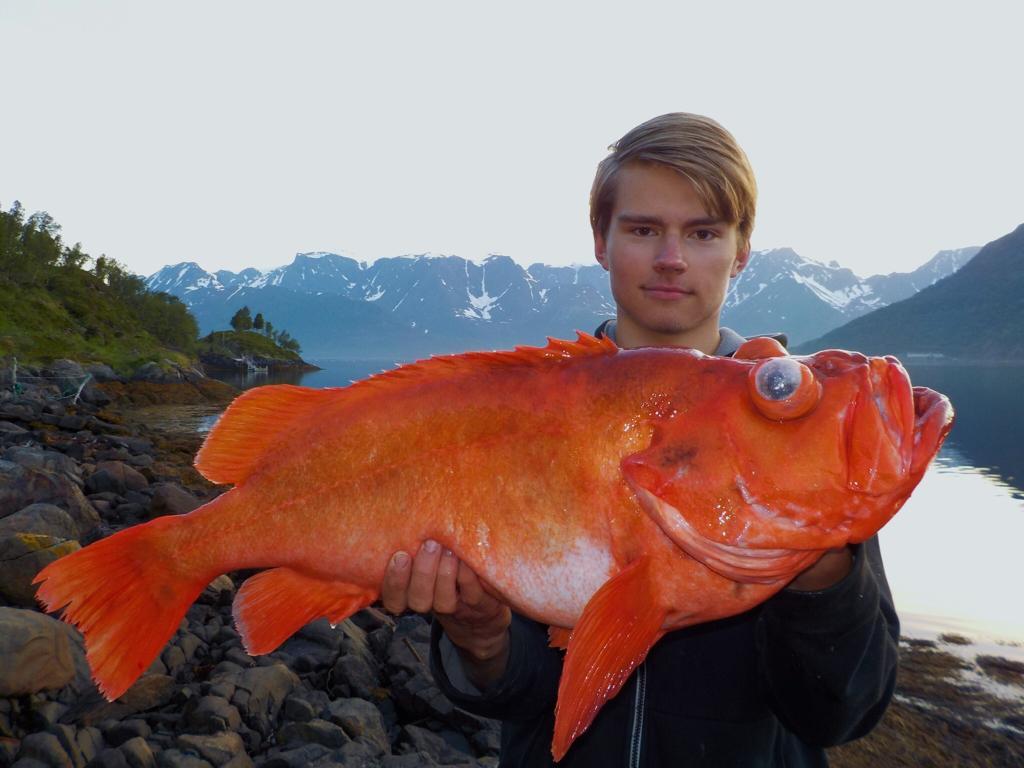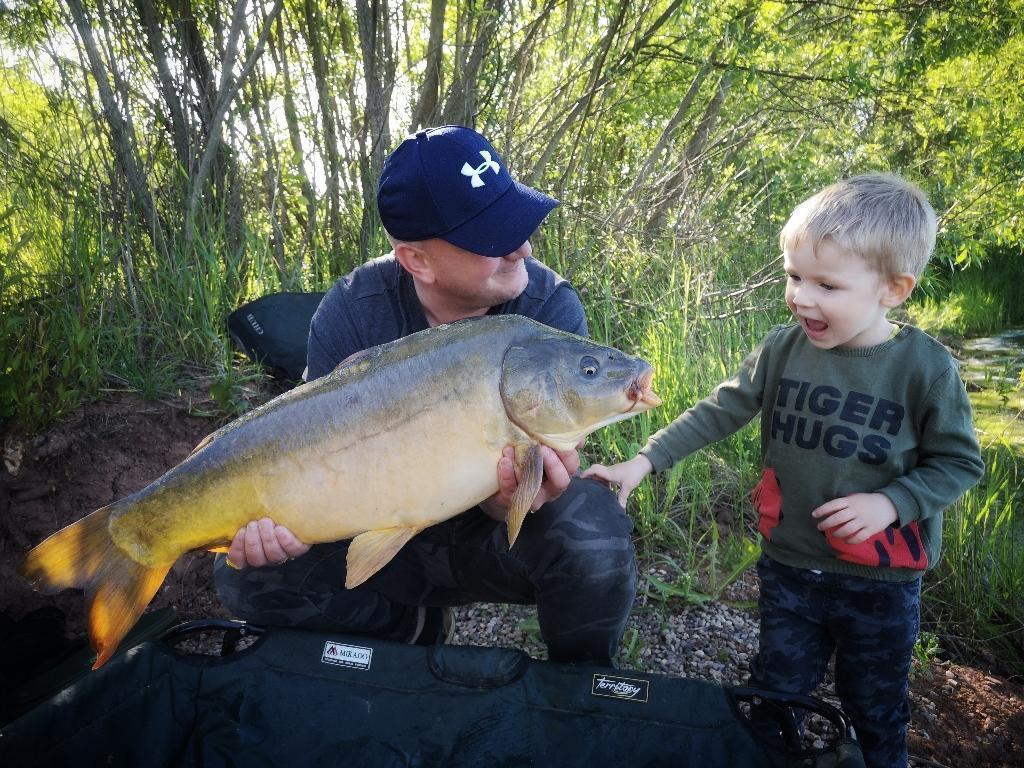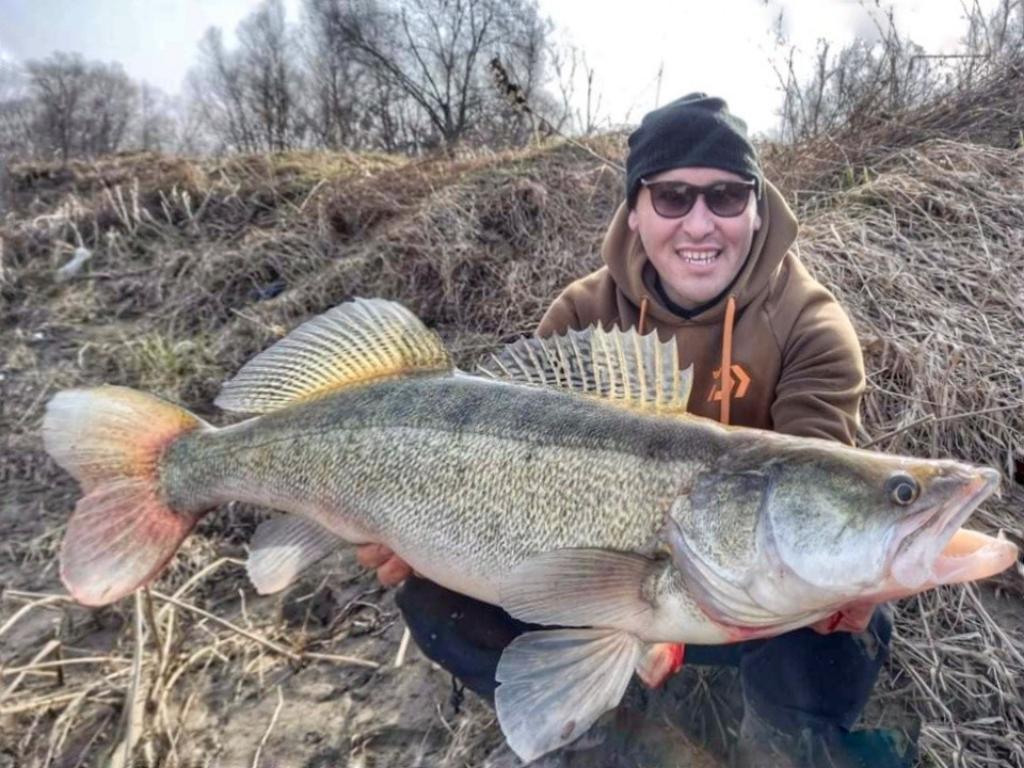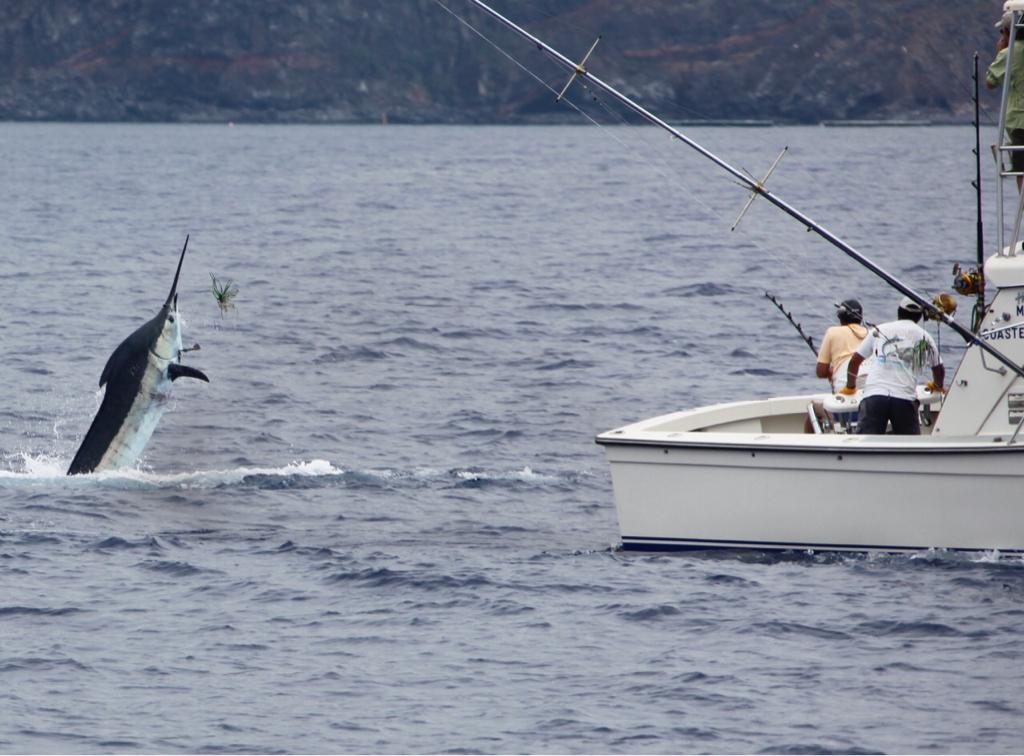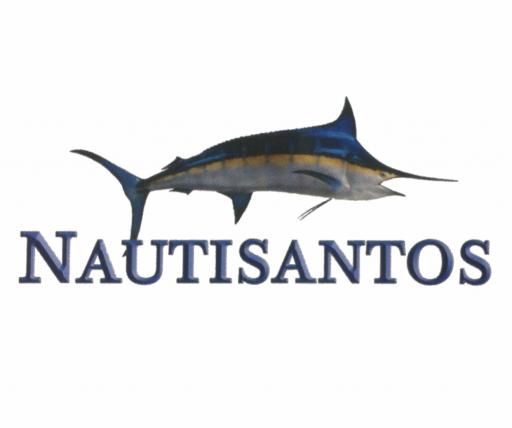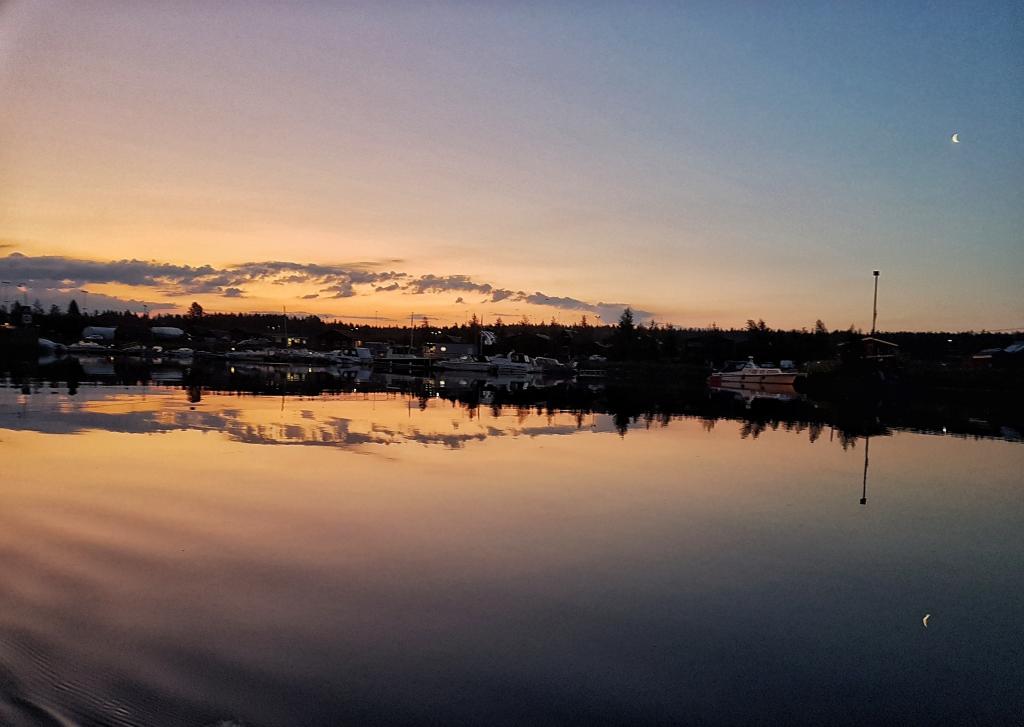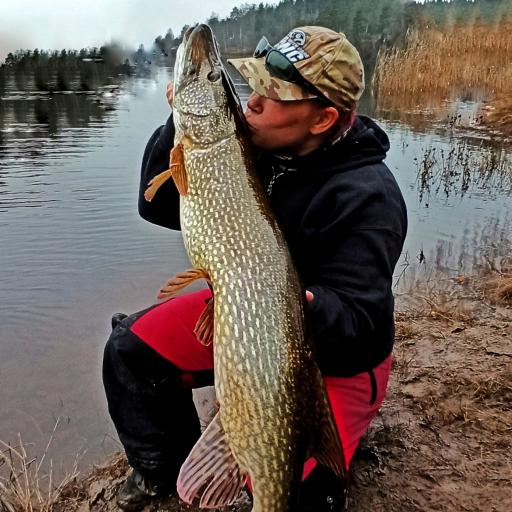
Norway is well known by anglers because of its rich biodiversity, countless lakes and rivers, and breathtaking Fjords. You fancy freshwater fishing - no problem! You can target trophy pike, perch, or trout in places where you will probably end up fishing on your own. That’s something most European anglers dream of. But what is even more fascinating about Norway is its coastline which is more than 83 000 km long. The Fjords, which are easily accessible in most places, offer endless possibilities for shore fishing when visiting the country for a few days. You do not need to rent a boat or worry about special fishing equipment/gear to enjoy your hobby there. All you need is the desire to cover enough ground on the coast, some patience, and good fortune. Spring is probably the best season to explore fishing in Norway since the weather is getting warmer and fish become more active. That’s also the time when melting snow creates natural waterfalls everywhere. Flowers are blooming, the grass is green and rich and nature is awaking.

If you are lucky enough, you can also feel the warmth of the sun touching your skin and soul while being outdoors. But don’t forget to bring a raincoat with you! The weather in Norway can change in a matter of minutes and you can be unpleasantly surprised with pouring rains and even thunders.

What to fish during spring in the Fjords
On a good day, you can easily catch more than 5 different species. You never know what to expect on the other side of your line and that makes fishing in the Fjords so special! Main targets include Pollock, Cod, Haddock, Mackerel, Sea trout, Salmon, and Halibut.

Image source: https://app.fishsurfing.com/A69Y
You can also encounter fish with truly amazing colors such as Ballan Wrasse, Cuckoo Wrasse, and Redfish. Size is not all it matters and you will be surprised how powerful those fish are!

Image source: https://app.fishsurfing.com/Fg8J
Fishing license and main regulations
Fishing in the Fjords is absolutely free and you won’t need any license. However, Norwegians value humility, respect, and honesty, and therefore they expect visitors to follow a few simple rules:
- Treat nature and fish with respect
- Do not fish for protected species
- Use one rod and reel per person
- Release small fish under the minimum sizes
- Do not sell your catch
- Keep distance from fisheries
- Do not litter
- Be prepared with appropriate clothing and bring first aid box
Best spots for fishing in the Fjords
This would entirely depend on the target species and that’s why you should do your homework beforehand. Of course, your chances of catching a monster fish increase if you hire a professional guide but this can be quite costly. Let’s concentrate on shore fishing. For example, Halibut are bottom feeders so you must drop your lure to the seafloor. On the other hand, Pollock and Mackerel can easily be found in shallow and surface areas. You should also take into account your accommodation’s location and whether you prefer to rent a car or hike to cover more fishing ground. The Fjords are literally just a few meters away from the main roads so don’t think too much about where to go. Just find a path that leads to the water and hop from one spot to another to explore the underwater terrain and look for prospects. It’s best to find a place with lots of underwater rocks and different depths. Rocks provide shelter and food to baitfish and also serve as hiding spots for predator fish that attack from ambush. Remember that the Fjords belong to everyone which means that you can fish even next to someone’s house as long as you greet the owners. Norwegians are super friendly and you won’t have any issues during your stay. Be nice and have a chat with them in return.

Image source: https://app.fishsurfing.com/zExG
Fishing Tackle
There is no general rule of thumb when choosing your fishing tackle but many would argue that the more you have, the better you are prepared. The fishing gear would depend on the target species but there are some absolutely necessary accessories. You should have a landing net at your disposal because it will ease your job when fishing on rocks and piers. Most of the fish in the Fjords have sharp teeth and they can easily bite through braided and mono lines. Adding a wire leader at the end of your line can make the difference between landing a big fish and being left with the bitter disappointment of losing the fish of your dreams.

Image source: https://app.fishsurfing.com/gS3s
You can use three different rods - light, medium, and heavy to find what works best on the day. Don’t forget that you can have lots of fun with smaller fish and “Go Big or Go Home” does not always work in the Fjords.

Image source: https://app.fishsurfing.com/NoZ9
In terms of lures, provide yourself with enough spoons, pilkers, soft baits, and wobblers in different sizes and colors. The lures should have a thin and long body or resemble local species such as mackerel, herring, sand eel, etc. Of course, you can experiment with more bizarre-looking lures such as octopus and even lures designed for freshwater fish. Pink, blue, silver, grey, and brown are usually the most popular colors but don’t be afraid to try anything else. Spring fishing can sometimes be slow and this is why you should find out what works best. If typical lures such as spoons and pilkers do not attract the fish you are after, switch to soft baits and give them long pauses before each retrieve. You can always play with colors and sizes until you find the right lure.

Other things to enjoy in the Fjords
Besides fishing, you can enjoy long hikes with breathtaking views, go kayaking, pick up wild berries and mushrooms, ride a bike, explore towns and their Viking history or simply chill out.

Don’t forget to taste the local cuisine as well as Akvavit which is a typical Norwegian distilled spirit drink flavored with various species and herbs. Last but not least, you should visit Bergen which is the second biggest town in Norway and the capital of the Fjords.
Accommodation
There are plenty of options in the Fjords when it comes to accommodation. You can book a house, apartment, or camping site with stunning views.Check out Fishsurfing Map: Bergen Camping Park and Lone Camping are popular camping sites in Bergen. If you prefer to enjoy the wild nature in Norway, we recommend Kilstraumen Brygge, Nautesund Camping, or Botnen Camping.
